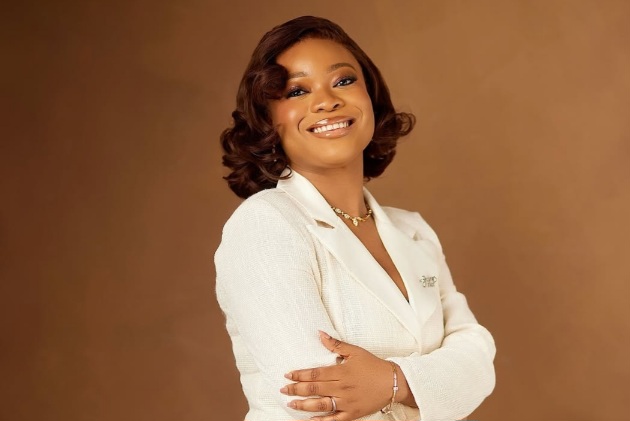We know a lot about red flags, toxic traits, and deal-breakers. However, there’s a part that often gets overlooked. Relationship red flags may present themselves glaringly, but have you ever thought about the ones that don’t seem like red flags but are actually big-time warning signs?
One common misconception is that red flags have to be obvious, universally accepted as toxic, or sometimes even violent. Sorry to burst your bubble, but red flags can also be subtle and seemingly insignificant enough to ignore.
Red flags are indicators—signs or precursors—that require serious attention, especially because they can hurt you emotionally, psychologically, spiritually, physically, or socially. A red flag is a metaphor for a warning sign that something is wrong or needs to be addressed.
If someone exhibits any behavior that threatens your well-being in any way, that’s a red flag.
While paying attention to obvious red flags is essential, it’s equally crucial to focus on the hidden unhealthy traits you might think are non-existent. Some people are so skilled at hiding or covering their toxic traits that you won’t notice them unless you pay close attention. Comfort Omovre, well-known as Phoenix Blvck, Relationship Counselor and Author, shares her insights with Elowell Max.
Hidden red flags are often subtle and easy to ignore. As Phoenix puts it, “Some red flags can be so subtle and easy to overlook until they snowball into bigger problems.”
Let’s consider a partner who is quick to jump to conclusions. While this might seem trivial, it reveals a lot about their personality. The problem may not be the act itself but the underlying rationale and its potential effects. For instance, jumping to conclusions at every slight opportunity could indicate deep-seated trust issues (rationale) and lead to bigger conflicts in the future (effects).
The First Step: Can You Handle It?
The question you should ask yourself is: Can you handle it, and how long can you keep up with it?
Regardless of whether you can handle it, the fact remains—red flags, no matter how small, should never be ignored. They’re called red flags for a reason, and small issues, if left unchecked, gather momentum and become bigger problems over time.
Spotting Hidden Red Flags
The best way to detect subtle red flags is by following these steps:
- Know What You Want
The easiest way to detect when something is wrong is to know what is right. You’re far more likely to ignore warning signs if you don’t have a clear idea of what you want in a relationship.Red flags can be personal. What may not seem like a red flag to someone else can be a deal-breaker for you, and that’s totally fine. However, when personalizing what you consider deal-breakers, be careful not to set unrealistic or unreasonable expectations. - Pay Close Attention to Details
Phoenix explains that the best time to uncover hidden red flags is early in the relationship—when you’re still getting to know each other and before you get too attached.This can be tricky because it’s easy to get carried away by their charm and overlook little things. Be mindful of what they say and do. This doesn’t mean you should overthink everything or nitpick every word or action. Genuine mistakes happen. However, take note of repetitive words, body language, and actions, especially when they’re covered with dismissive phrases like “just joking,” “I didn’t mean it that way,” or actions like a self-humoring chuckle or shrug. If it bothers you and lingers in your consciousness, it’s worth investigating. - Take a Different Approach
As earlier stated, some dangerous red flags come in well-packaged disguises. They may not look harmful at first glance, but they could carry serious toxicity.Deconstructing the belief that red flags must always be obvious, obnoxious, or loud will help you better recognize subtle signs. In other words, don’t expect toxic traits to always be glaring. This mindset shift will help you see subtle signs for what they truly are. - Be Spontaneous
Many people can’t fake their true nature when caught off guard or when they’re relaxed and comfortable. Strike up unplanned conversations and cover topics that seem unimportant.You don’t have to ask direct questions—people lie. But body language rarely does. Pay attention to how they react in those moments. Often, their body language will reveal their true intentions, personality, and values on a deeper level.
Dealing with Hidden Red Flags
The essence of humanity is how flawed we all are at our core. There’s no aspect of life where we get everything right—especially regarding behaviors, habits, and patterns. We all drop the ball sometimes, often without realizing it.
The truth is, everyone has red flags. Sometimes, what one person doesn’t consider a problem could be a major issue for someone else.
This is why it’s crucial to stay open to learning more about yourself, taking correction with grace, and maintaining self-awareness. With a healthy dose of humility and a willingness to grow, it becomes easier to unlearn bad habits, learn new ones, and do better.
Being flawed isn’t the problem—the issue is what we choose to do about those flaws.
Some people might exhibit red flags without realizing there’s something problematic about their behavior. In some cases, they may be willing to unlearn those habits and make amends if the issue is brought to their attention.
So, if a red flag feels small enough that you’re tempted to ignore it, consider talking about it instead. Bring it to your partner’s attention, express how it makes you feel, and see if they’re willing to work on it. If they are, give them time and grace to grow.






